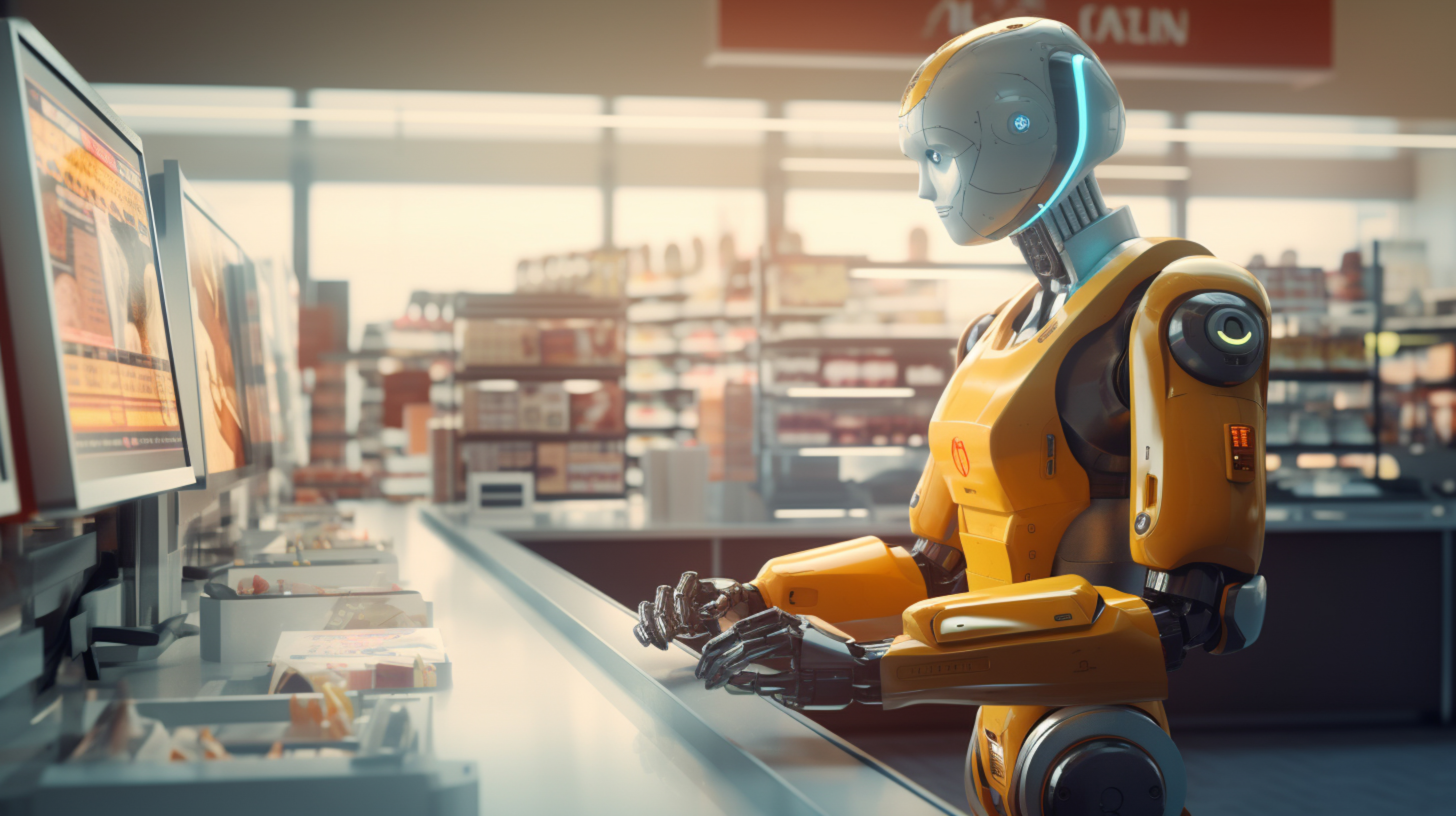What is Metaverse and its potential Future?
The internet and technology have evolved over the years into web3 today including blockchain, realities, and the metaverse. Technological advances have transformed the way we live our lives in the present time, where the difference between the real world and the virtual world narrows down. The magical realism of the real world and its life spilling over and merging with virtual world realities defines the Metaverse in simple terms. The recent rebranding of Facebook as Meta to pursue its ambitious plans on metaverse has made the term more famous. Virtual reality. augmented, and mixed reality are the core elements that help build a metaverse for the human to interact with society and people virtually.
The origin of the term Metaverse is believed to be Neal Stephenson’s science fiction novel 'Snow Crash', in which he envisioned lifelike avatars who met in realistic 3D buildings and other virtual reality environments. This virtual world got popular when Facebook, now known as Meta, adopted the new moniker, inspired by the sci-fiction metaverse, to present its vision of humans working and playing in a virtual world.
The Metaverse is the synergy of all aspects of augmented reality (AR), virtual reality (VR), and mixed reality (MR). At its present stage, the Metaverse is made up of immersive XR spaces to facilitate interactions among humans and virtual entities. It works in different dimensions; like interactions with augmented-reality environments and entities, interactions occurring in more-immersive gaming or fantasy worlds, or that take place in a world that replicates real-life environments.
What is Metaverse?
Metaverse is not a technology by itself, rather it is another way we can interact and communicate with humans and other entities using various technologies. The metaverse environment works around technologies that comprise virtual reality (VR) - a persistent virtual world that is different from the real physical world - as well as augmented reality (AR) which overlaps and combines both the digital and physical worlds, though not necessary that Metaverse space can be accessed only via VR or AR.
In other words, a Metaverse is a network of extended realities and three-dimensional virtual worlds to enable social connection in a simulated virtual environment by leveraging augmented reality (AR), virtual reality (VR), and blockchain, digital media concepts, to create a digital environment by duplicating the real world.
Metaverse Today
Geeks consider the Metaverse as a serine world that allows them to immerse in any digital virtual world and also to be able to see and feel anything virtual, even from a faraway place, while living in the real world simultaneously. Metaverse also provides a digital economy space where you can create, buy, and sell anything and move virtual items from one virtual place to another. Like you buy and wear a shirt in the physical world, Metaverse might allow you to create a persona and shirt for the persona to wear and to take it everywhere as easily as you can copy and paste a picture from one digital space to another.
The COVID pandemic changed the way we work and live and made it imperative for businesses to embrace technology to stay afloat and grow. The resulting Work from Home (WFH) that has become a new normal way of working has paved the way for similar technology platforms to change the way other sectors like education, healthcare, and retail work. This has been a natural precursor to the emergence of the Metaverse as a way of life.
The existing remote collaboration technologies emerged mainly as the solutions to the need for remote interaction and communication. This will enable students to learn various subjects at their own pace and beyond the possibilities of the traditional curriculum. Metaverse will proivide an alternative virtual space for users to engage in entertainment activities like watching movies or sports or social activities like interactions with friends, without the inconveniences involved in the physical world.
In short, the possibilities with the Metaverse are endless and will potentially transform many sectors further by introducing virtual reality (VR) based wearables. These wearables will introduce us to an alternate virtual world that is different from the physical world realities. While existing remote communication platforms are solving many problems, the lack of touch and feel in the current way of meeting and interacting remotely will be addressed by the Metaverse.
Metaverse and the Future
With the incorporation of Web3 technology powered by blockchain technology, Metaverse will usher in a future where the virtual world would look very similar to our physical world in many aspects. While the Metaverse is likely to have a strong impact on life in the next 5-10 years, access to this world is limited to few at this point. At present, creating immersive content and using it with the current XR hardware and software is not an easy task. But the efforts on making Metaverse popular and inexpensive to common people are on the way and will eliminate the barriers in the near future.
The virtual economy that builds on video games, and virtual worlds will contribute to the development and growth of the Metaverse. It will be a win-win for both users and creators of non-fungible tokens (NFTs) to be incorporated into virtual worlds to bring about the decentralization of the virtual economy. NFT is arguably the first digital asset that works in virtual worlds as they are already in demand from investors and crypto enthusiasts.
Conclusion
With the Metaverse likely to develop and grow at tremendous speed, many entities will join it, eventually, every entity in the real world will form part of the Metaverse. This would lead to an aggressive expansion of the metaverse universe to the extent of outgrowing the real physical world. The fundamental principle of the Metaverse is an open world, almost without any intervention or control by any central authority or single entity. The creators in this universe will be from across the globe as businesses are looking to use the Metaverse ecosystem in the future just like we use the internet in the current times. Developing a metaverse will be a challenge for startups and small to medium companies in terms of setting up a team and hence they must look forward to TaaS platforms to ensure they are not left out in the race.




